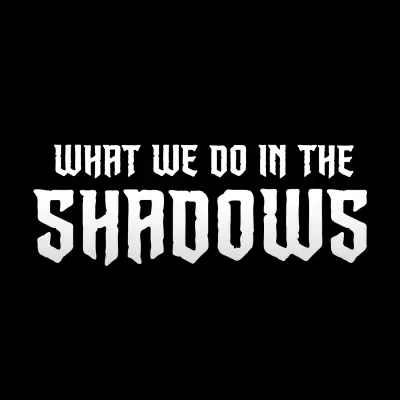FX's What We Do in the Shadows is exactly the kind of show the vampire genre needed
-

"While zombies have had such cultural saturation that every approach to them seems to have been explored—from Santa Clarita Diet’s oddball comedy to The Walking Dead’s soapy survival—vampires have generally occupied one of two poles," says Jacob Oller. "They’re either the campy, froofy, regal powers of the night that you see in Interview with the Vampire, or they’re drenched in sex, as in True Blood (see also: Interview with the Vampire). The evolution of the vampire in pop culture has long needed an unpretentious, lore-loving challenge to convention, a depiction of vampires who aren’t cut out to be immortal charmers with the tragic lot of eternal youth and hypnotic powers. It needed What We Do in the Shadows." He adds: "Unlike many TV shows, especially comedies, the way the series is shot is one of the best things about it: The stark differences in lighting between the vampires’ home and, say, the supermarket where they buy 'creepy' paper (crepe paper) for a party is as funny and mood-setting as any of the supernatural jokes. What We Do in the Shadows is a good vampire show, but it’s also a good New York show."
ALSO:
- What We Do in the Shadows survives and thrives on being relentlessly absurd, but it's surprising how fresh the conceit feels episode after episode
- What We Do In The Shadow translates well as a TV series due to its openness to exploring newer, fresher ideas outside the vampire realm
- If Shadows doesn’t seem entirely necessary, it’s perfectly fun -- its pleasures are in the goofy details
- The writing and filmmaking rarely resist the temptation to go for an obvious, super-broad joke
- Its "energy vampire" saves it from merely sucking the life out of the film
- What We Do in the Shadows proves there's some life in the mockumentary format
- Is it as consistently hilarious as the movie? No, but it’s unfair to compare an ongoing series and a 90-minute film
- What We Do in the Shadows is even better as a TV show, taking a great premise and making it bloody brilliant
- How Jemaine Clement and Taika Waititi brought their movie to the small screen
- Matt Berry on forming his vampire character: "I started from the beginning and tried not to pay any attention to the film"
- Taika Waititi explains casting all British actors as leads, says Britain has better comedy than U.S.: "They were just better than everyone else, and they just happen to be all British. And that’s also a country that happens to have better comedy than the U.S. If you made this TV show exclusively in America by Americans, there would be no color in it. It’d be wacky and over-the-top and I don’t think there would be as much sadness in it. The film had a real melancholy feel to it — we wanted to show the human side to these monsters. In America it’s like, 'Joke, joke, joke, joke. Oh wait, there’s something that’s sad — kill that. Joke, joke, joke, joke, joke.' It’d be loud and there’d be a shit-ton of vampire jokes. It’s just a different style. Plus, the characters were from Europe and the actors were as well, and it’s still pretty hard for Americans to do European accents."
TOPICS: What We Do in the Shadows, FX, Jemaine Clement, Matt Berry, Taika Waititi
More What We Do in the Shadows on Primetimer:
